Given the work that U.S. Bank Community Development Corporation does, our investments we make in communities every day, and a lot of them in communities of color, there was a realization that we have a unique responsibility to be more actively engaged in equity work. It’s not to be a White institution that comes in and fixes but to engage and play our part, which meant we had to start doing the work internally to be able to be authentic. So many of the folks at our organization are mission-minded and work at the CDC because they care about things like community development and the difference that tax credit investments make. When we started talking about equity, people were like, “Okay, that is fine. That makes sense, but for our work out there.” We explained, “Yeah, of course, but we cannot do that well if we are not getting our own house in order.” That has been a unique challenge – keeping our employees focused on the equity work we need to do internally so we can do the work we want to do in the community.
We have been intentional as a part of our strategic framework and as part of who we want to become that equity has to be at the center of things.
I work for a subsidiary of U.S. Bank, and U.S. Bank has 70,000 people. It is a massive and pretty incredible institution. I never imagined working at a bank. My background is in Sociology of Religion. I was a Divinity School alum, started my work in nonprofits, and ended up at a bank. Being at the CDC allowed me to take on this work in a different way. We have been intentional as a part of our strategic framework, and as part of who we want to become, that equity has to be at the center of things. We cannot just do diversity and inclusion (D&I) work and not focus on equity.
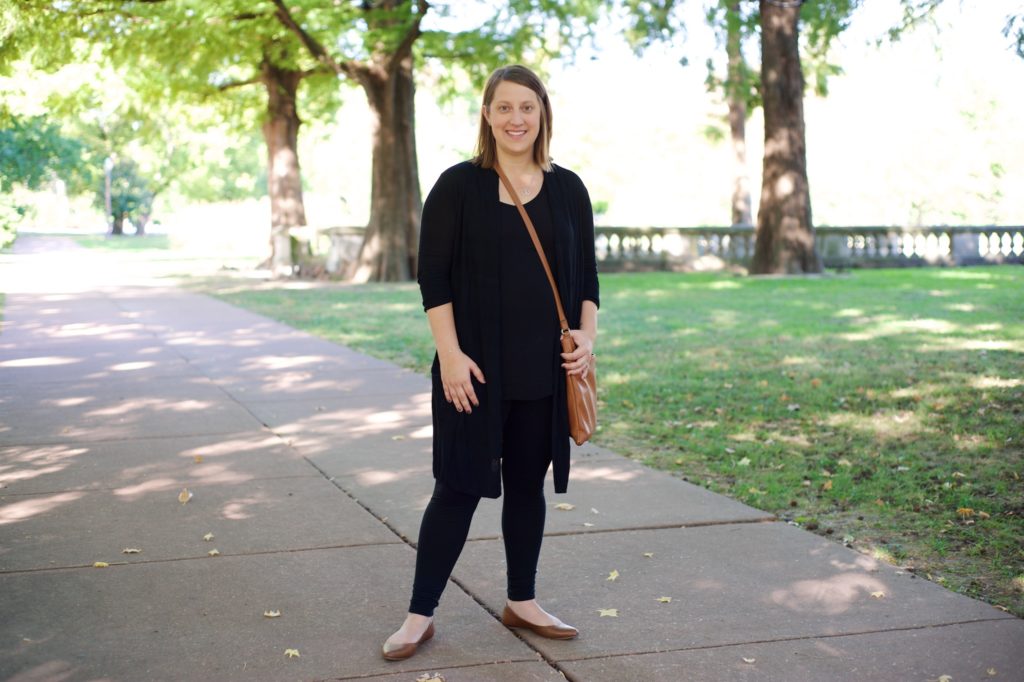
Claire Schell, photos by Lindy Drew
I was interviewing at the CDC after working at Diversity Awareness Partnership for a couple of years, and when I said, “I really care about inclusion and equity work, I know that is not on the docket right now, but I really care about this,” the manager was great. She said, “We will work it in somehow.” Then, of course, real life happened and I had a lot of other things on my plate like New Employee Onboarding, Manager engagement, and business line training and development support.
During one of our first leadership development workshops, Kira Banks, a psychologist who consults on workplace diversity initiatives, came to introduce bias, privilege, and inclusion. I think she broke people in all the best ways. They felt like, “Oh, God. What do we do with this?” and then went back to their day-to-day work. During the next year’s program, she brought up the same topics and we realized, “Alright, we are going to keep bringing these issues up every session because we cannot not talk about them. We cannot not do something.” Of course, this was post-Michael Brown and there were a lot of different dynamics at hand. Our Senior Leadership Team was in those sessions, too, and employees recognized something had to be done. They decided to incorporate diversity, equity, and inclusion work into our Strategy and Employee Experience Team, which I am now a part of. My role is to lead the Employee Experience team, which oversees Diversity, Equity, and Inclusion (DEI) work, employee engagement, and growth and development.
Sometimes these roles – whether it is diversity, inclusion, or Racial Equity – can live in a vacuum, kind of siloed off. At the CDC, it is intentionally designed to be part of the employee life cycle, to be part of the conversation when you come in on day one as a new employee, and to keep being part of the conversation throughout your career.
Sometimes these roles – whether it is diversity, inclusion, or Racial Equity – can live in a vacuum, kind of siloed off. At the CDC, it is intentionally designed to be part of the employee life cycle, to be part of the conversation when you come in on day one as a new employee, and to keep being part of the conversation throughout your career. We also created a DEI Council. The folks on the Council are racially diverse, come from different business lines, and are at all levels of the hierarchy. Right now, they are charged with mapping the employee life cycle; literally laying out every touchpoint that a CDC employee would have with our organization from even before they start, by looking at a job description or getting a referral, to onboarding, to performance reviews. We’re looking at these processes through an equity lens.
For example, if we know we do not have many people of color in management positions or people of color are telling us in our climate assessment that they do not feel like they have equal access to opportunity to advance because there are not the same relationship-building mechanisms in place or there are not great mentors — if those are the things, then what are our responses going to be as an organization? The Council is creating and validating that space for people because it is set aside and approved by senior leadership to have conversations and do that work. When I introduced this project, laid it out, walked through what I was thinking, and put it out there, one of our Council members was grinning. It was a tough meeting when we started, two or three days after one of the weeks with a string of shootings across the U.S. Participants were saying, “Here is what is on my mind.” And we ended the meeting saying, “What is on your mind now knowing this is the work we are going to take on?” And this one woman said, “This feels like real work.”
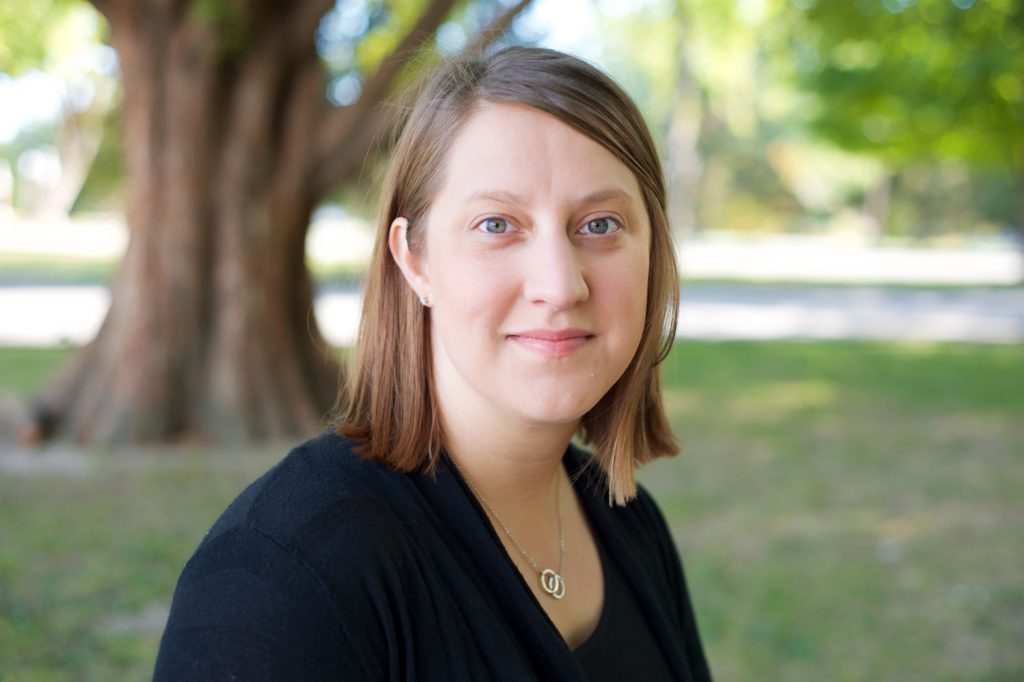
I have worked with a lot of organizations that do a whole bunch of awareness and awareness and awareness. They stay there, living in that space. And, yes, there is good in that. I am a big believer that we have to meet people where they are. There are people who are going to need to stay in that stage for a really long time, but that cannot be our only approach. That’s why I am floored by how supportive the leadership and CDC-ers have been to move beyond that stage by saying, “You helped us grow our awareness. Now we want to do something. We need this framework, this shared language, and to apply this Racial Equity lens over all the decisions we are making so that we can be better.”
We’ve also done a lot of thinking around how we can bring our customers into these conversations, too. One thing we can do is invite a customer to join us at the Anti-Bias, Anti-Racism (ABAR) workshop, and then have a conversation afterward. That is manageable. We have done that and have been able to deepen relationships with customers and vendors as a result. Again, it is about being thoughtful around who we invite. Starting with maybe one or two people who are totally bought-in already and then having them bring along a couple others who maybe aren’t so much, there is huge opportunity to get to choose to engage differently and demonstrate that this is something we care about and we hope they care about, too.
We cannot say we want to hold them accountable for something if we have not demonstrated that it’s something we care about ourselves.
We talk about our managers and how we can hold them accountable if they have not gotten all the tools, or if they have not participated in learning opportunities, and it is the same with customers or vendors. We cannot say we want to hold them accountable for something if we have not demonstrated that it’s something we care about ourselves. It trickles down. Are they then actively being aware, like we are at our company, and doing the same things in their business? One passion project of mine is helping people see that conversation is action. I hear all the time, “Well, we are just talking.” I get it when it is just talking and talking and talking, and you never do anything. To me, the power that comes from some of the conversations that we are having, that we have never had together before, is different. That does look like action to me. I get giddy about the thought of City Garden inviting a few of our Senior Leaders to come to this workshop, and then our Senior Leaders saying, “We need to take a different approach. We need to have someone who is focused on this, who is dedicated to making sure we are thinking differently about our employees and their development, and how our decisions about people can be even more equitable.”
That leads us to then making a decision to convene our customers and vendors in a different way in these workshops. We get to hear stories like when we had a couple of people come from a law firm earlier in the year and one attorney said, “I am going to think differently when I see a project come across my desk that has the CDC on it because you are leading in this space, because you invited me here, because you are investing in your employees being here for two-and-a-half days and learning and relearning and unlearning.” I also think about inviting a few people from an organization, and then they go back and host a whole workshop for all of their staff. It is so important to them that their staff can have the same conversation, and have that framework to start doing work in their institutions. The institutional focus of the Crossroads training is so powerful because it gives you that ability to make institutional change. Again, it’s a conversation happening in one workshop because we have invested time, energy, and resources to do that. Then, the next week, when someone makes a decision to do something differently or to use that equity lens in a different way, it is awesome.
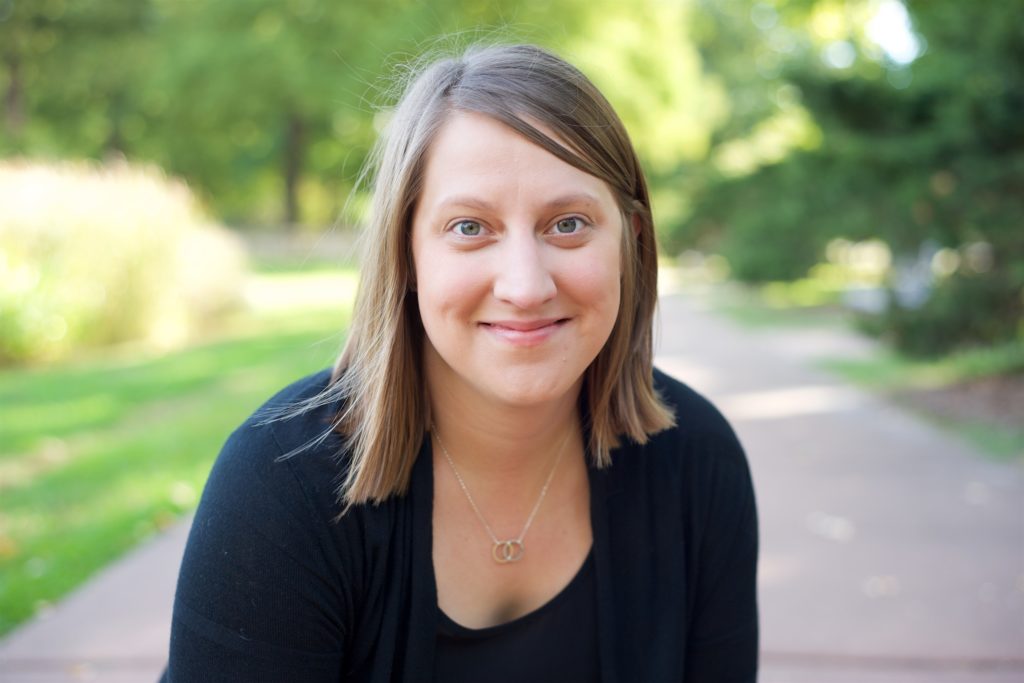
My husband is a nurse. He does not do equity work on a day-to-day basis, but is very invested and cares a lot about the work I do. But there have literally been times, even in our relationship, in our interactions, where he is like, “Can you just take your DEI hat off for a second?” And I am like, “No, no I cannot. I cannot not call attention to this thing that is totally appropriation. It is offensive and inappropriate.” I try to be better with work-life balance, but this is what ends up happening. It just comes up. It is also really hard to think about work-life balance, because it is everywhere, all the time, and you cannot look at the TV, or read your feed for five minutes, or sit in a coffee shop without hearing something or seeing something. I try to push myself to use them as opportunities to talk, learn something different, and challenge myself.
Speak up. Say it when you see something missing or when we could be doing better and when we are not truly being accountable to our commitment to equity.
Friends ask, “What do you think I should do? My boss said this thing that was really inappropriate, but I did not feel like I could say anything in response.” I might send an article I have read that is manageable or digestible that they could read or that they could pass along. Whether it is friends or colleagues or people at other institutions who are doing similar work, it’s about trying to give suggestions to people about how to think differently or bring a different lens to it. Awareness of why diversity matters is crucial. That is the only way into this conversation for some, like the first step in, because a two-and-a-half-day anti-racism workshop would not be it for some people.
A friend and I were having lunch, and she brought up that her senior leader was trying to figure out how to respond in a better way to all of the shootings that keep happening. “Well, here is what we have tried to do at the CDC and here is what we have struggled with. Here are the things we still do not know the answer to.” She asked, “How often do you that do that? When there is a shooting every day, when do you do it and when do you not? What is the rationale?” Those seem kind of like ridiculous questions, but when we are telling our employees of color that we want to be more accountable as an institution to everyone who works here, it matters. I have had DEI Council members and some of our other ambassadors send emails saying, “Hey, do you know if someone is going to send anything out about last night, or about the last two days?” That is also accountability. Speak up. Say it when you see something missing or when we could be doing better and when we are not truly being accountable to our commitment to equity.

One of my favorite things from the intro to the Ferguson Commission report was about the “culture of trying,” because if every organization could just start there, we would all be much better off. There are such roadblocks to the idea of a culture of trying, especially in corporate culture. It requires vulnerability and that the leaders among us, all of us say, “Actually, I do not know the right answer,” or, “I messed up when I said this thing to you the other day. How can I do better?” We all have to be willing to go to that place. I’ve read the report twice, fully through. And I have referred to the introduction quite a bit. I love the introduction. I am passionate about the introduction. I think part of it is when I facilitate meetings and workshops, especially as I work to help build capacity to do this work among our own employees, I am always trying to be transparent about why I choose certain words or responses. The report is thoughtful and intentional and all laid out on paper. It makes the point that, “If you want to read the rest of this in a meaningful way, you need to know why we made the choices we made.” That has been helpful as well as the broad Racial Equity framework to help people understand that there are nitty-gritty, very specific calls to action, and there is also this thing that all of us can do. The idea of a comprehensive report can be daunting because it’s like, “Well, I can’t do anything about that,” or, “It sounds like it is really important that the school system gets their act together, but I am not part of the school system.” Helping people find the points where they can see themselves in it, where their sphere of influence is to make change using a Racial Equity lens, is so important.
Historically, there has not been a space for institutions to come together to talk about their institutional equity work. The report and Forward Through Ferguson have helped to catalyze that this is not only important but critical.
The Racial Equity calls to action are the ones that resonate most with my work. One of the things we did earlier this year was to develop an internal climate assessment. A lot of it was focused on equity in our workplace, and not just how people felt but how they viewed other people’s experiences in the context of equity. Again, determine where you are starting from to make the right change in terms of policy and process. That was helpful for us in figuring out what people are thinking and in affirming their experiences. I often hear, “Well, that cannot be real. That is not my experience. That is just one person.”
Another one for us is convening and creating spaces for people to have conversations. Sometimes that is more formal, like the workshop, but sometimes it is about people realizing that we are trying to do the work, and saying, “Can we just sit down and talk to you a little bit about what you are doing and how it is working?” Historically, there has not been a space for institutions to come together to talk about their institutional equity work. The report and Forward Through Ferguson have helped to catalyze that this is not only important but critical. It’s not just helping each other out and figuring out what is not working and what we can do better, but celebrating what it looks like when institutions are doing meaningful work.
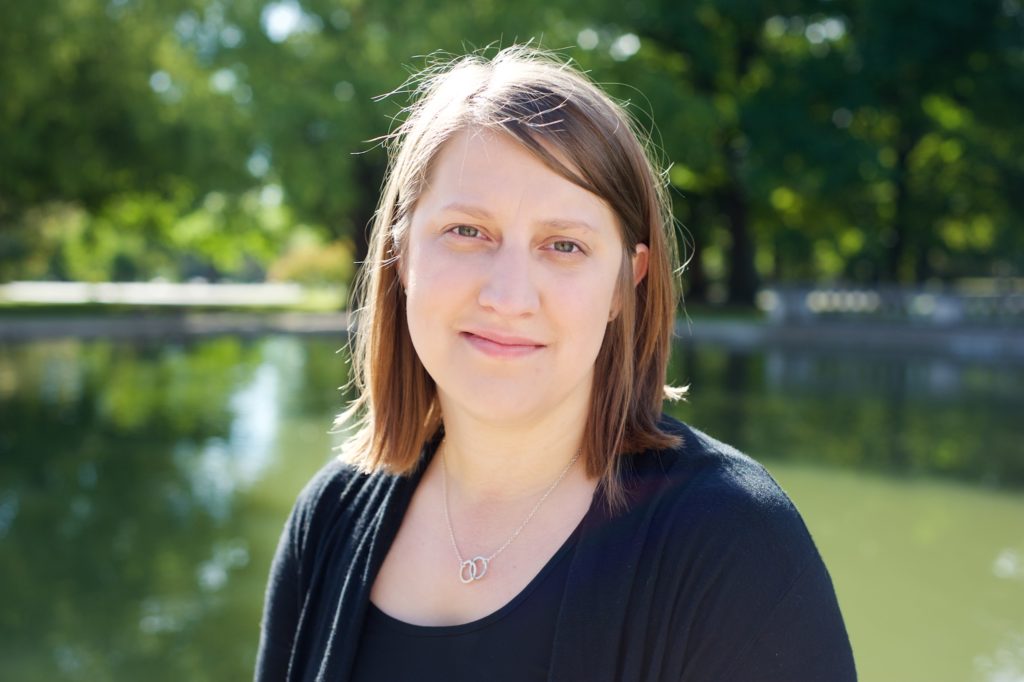
We’ve started to participate in regional caucusing, which is very personal in the form of anti-racist identity building for individuals. It’s so crucial because there are different levels of building capacity, and each of us needs to build capacity to be able to do this work better and to be able to hold it when it gets messy and hard. This is particularly important for White people who sometimes fall victim to White fragility and would rather avoid being confronted with conversations about race.
Are you familiar with Jane Elliott? She was a teacher in the 60s who did this fascinating experiment: the brown-eyed, blue-eyed video. You have to watch it. There’s another great video clip that’s about 60 seconds. She is in an auditorium of White people, and she says, “If you want your experience to be like the experience of Black people on a day-to-day basis, stand up.” Nobody stands, of course. Then, she says, “Wait, I do not think you understood the instructions.” She asks again, and no one stands. She basically goes on to say, “That tells me a lot. That tells me that you know what is going on, you know you would not want it to happen to you, and you are not willing to do anything about it.” Then she says, “I do not know why you are willing to allow it to happen to other people if you know.” There is something to the idea that once you have your eyes opened, then you are going to have to do something different. As a White person, you are going to have to play a different role.
What has this month looked like in terms of applying the Racial Equity lens in your institution? What has come up? What is challenging? What can you share?
Beyond this individual capacity building, having some kind of consistent institutional round-table that is focused on Racial Equity would be good, and to ask, “What has this month looked like in terms of applying the Racial Equity lens in your institution? What has come up? What is challenging? What can you share?” It would be great to bounce ideas off of other institutions, like designing equity into the interview process. There are going to be more and more institutions that want to take it to the next level, and it’s not like anyone’s laid out all of the exact steps for what we do internally. I geek out when I think about our region having a shared language and framework. Knowing that you can have a different conversation with that person because you are coming from a similar place. Right now, that is such a barrier to getting work done, because you may spend a two-hour meeting not being able to talk about the thing you actually want to talk about. There is a lot of power in shared language and having a common foundation.
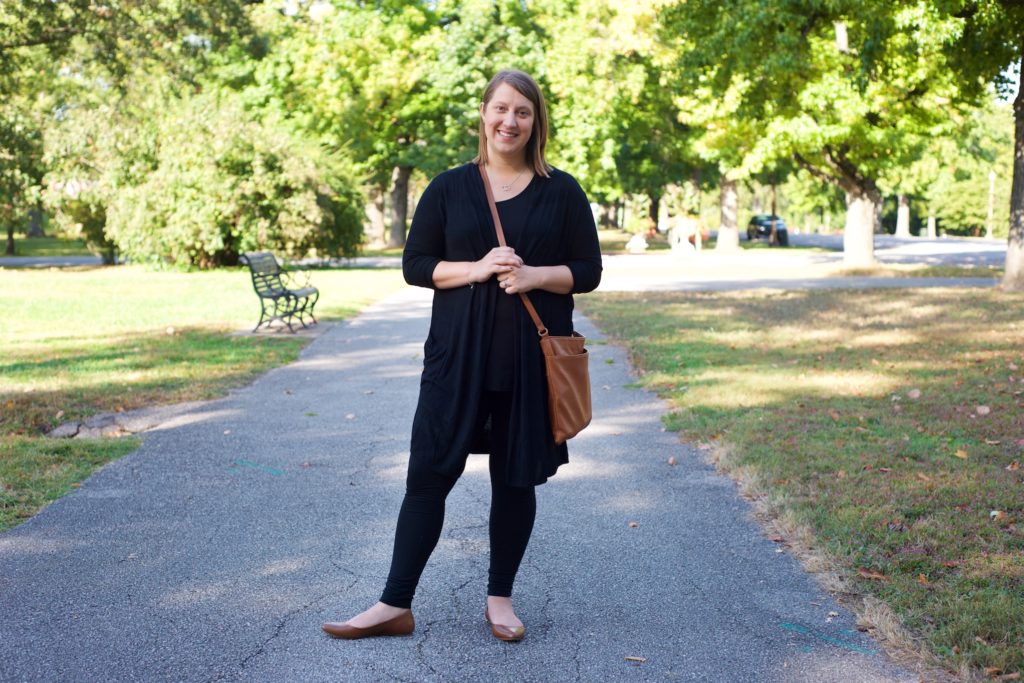
We do this follow-up every month with our folks who have gone through the ABAR workshop, and we have a blog post every other week from people. Many of them have been about Racial Equity and create a space to share something with the organization about your experience. One of our employees talked about what the silence feels like after three days of police shootings and being a Black woman who comes to work and no one will say anything. We know there are going to be some people who struggle even when they read that and do not know what to do. So, more and more we can give people the tools to figure out how to operate in their spheres of influence. Not everybody can do everything, but each of us has a role and a piece of the work. If we can figure out how our role fits into the institutional work and then in the regional work, we can make real change.
-Claire Schell, AVP, Employee Experience, U.S. Bancorp Community Development Corporation

